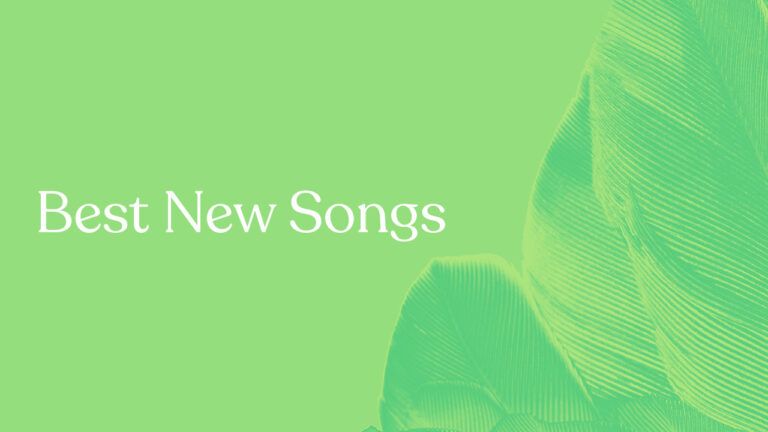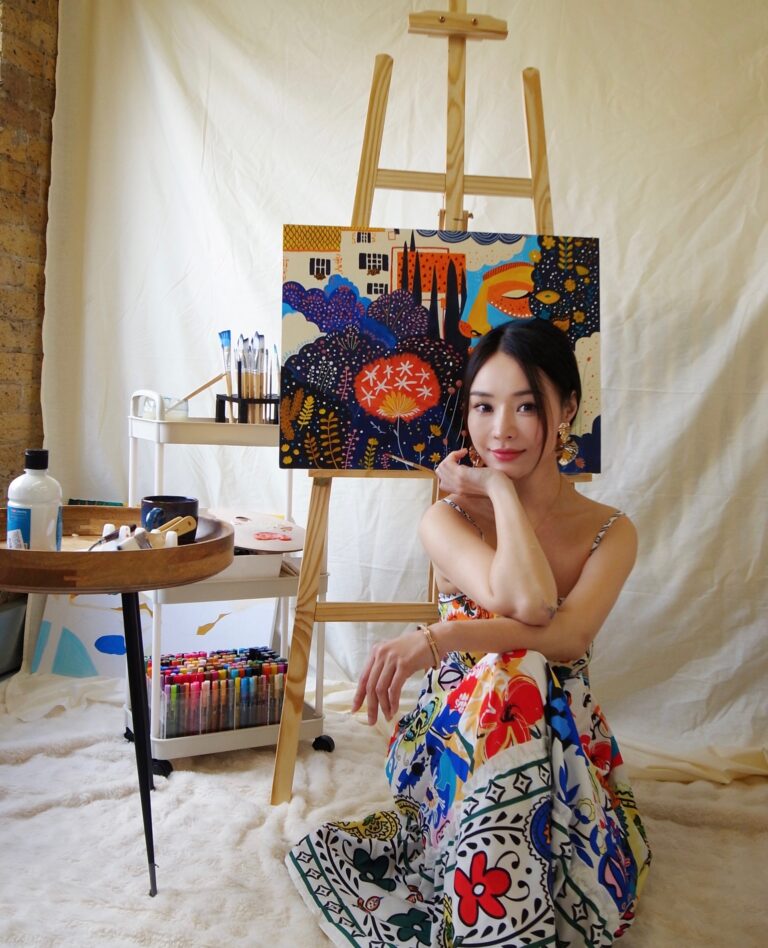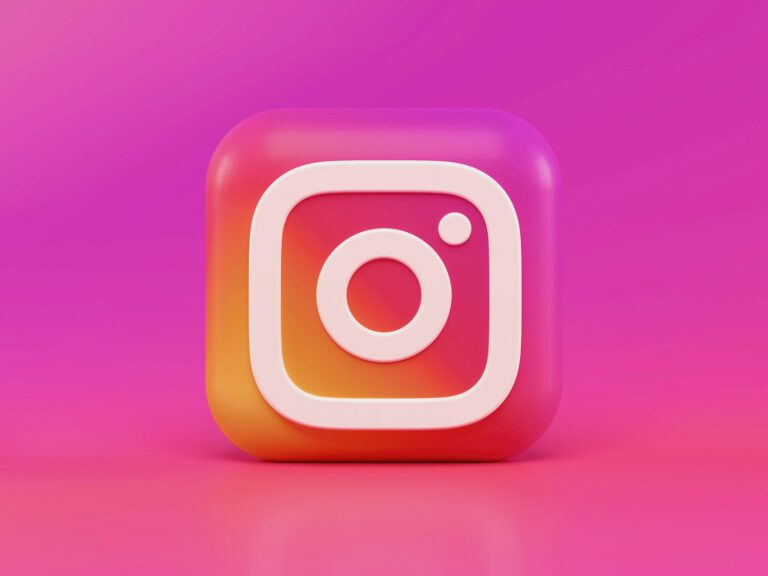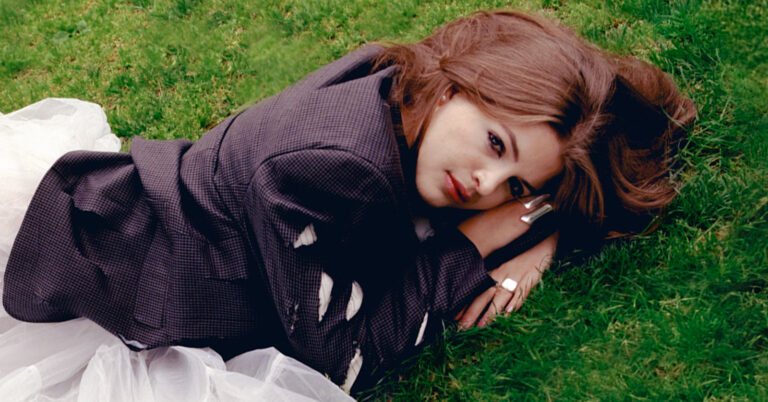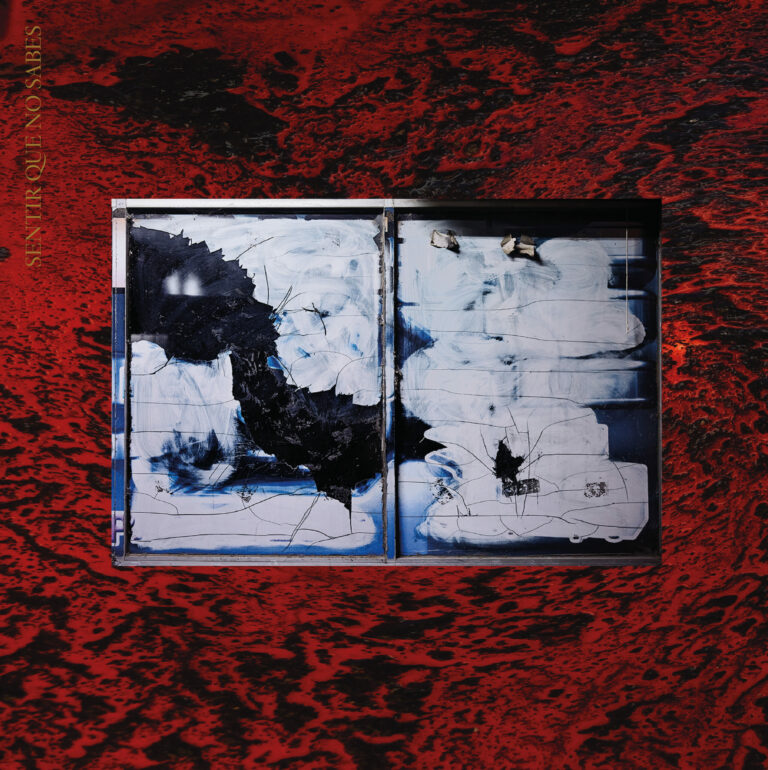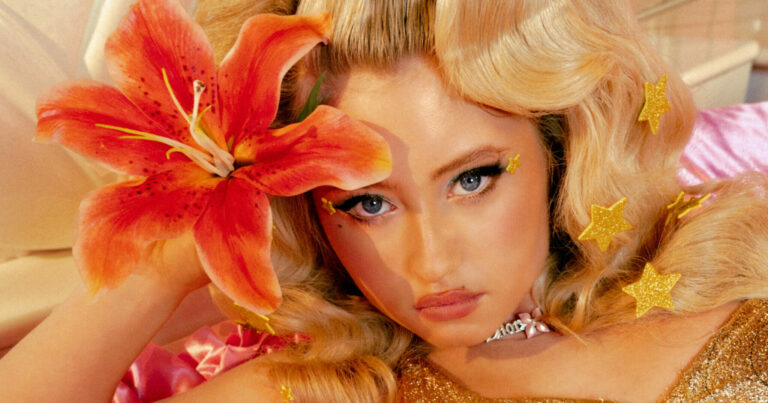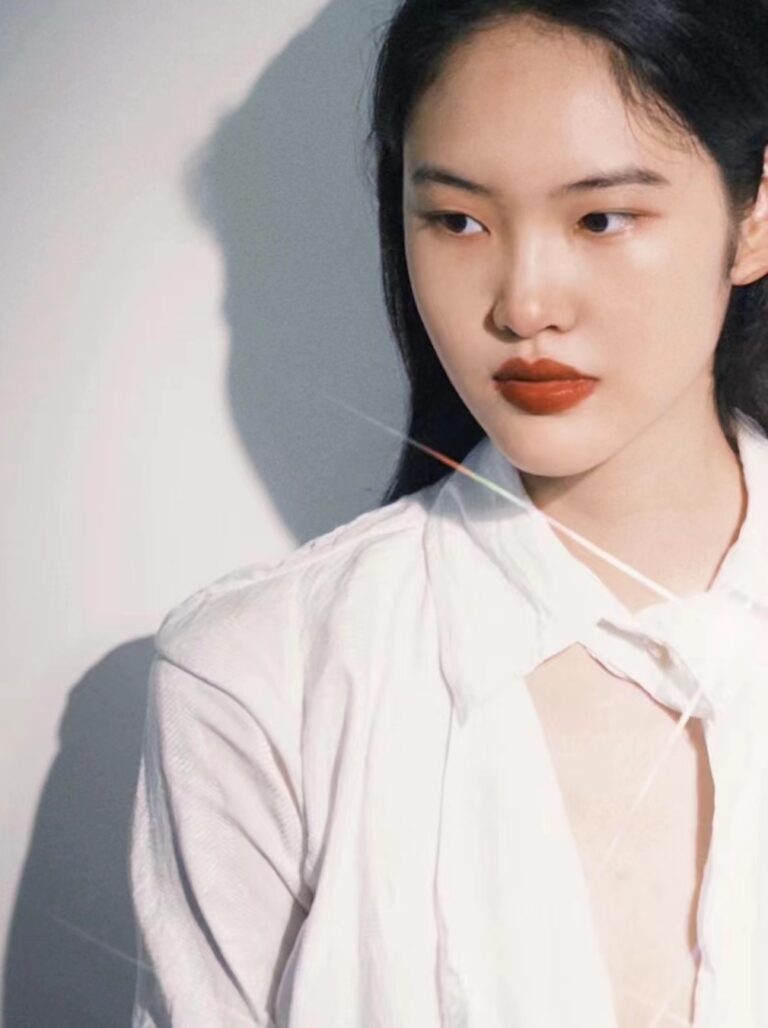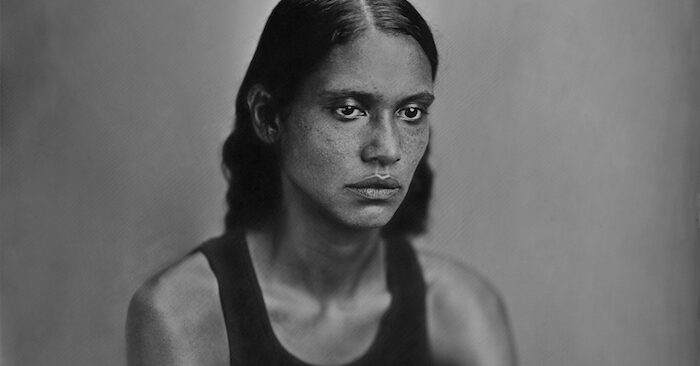In 2024, knowing the best times to post on Instagram is crucial for getting more likes and reaching more people. Instagram’s rules for showing posts keep changing, so it’s essential to determine when your followers are most active.
To find the best times, think about who follows you, where they live, and when they usually use Instagram. This includes considering their daily routines and when they’re likely to check their feed.
By understanding these patterns, you can ensure that your posts are seen by more people. This guide will help you figure out the correct times to post to get the most out of your Instagram presence in 2024.
In the ever-evolving social media outlook, mastering the art of posting at the right time can significantly impact your Instagram engagement. As we navigate through 2024, understanding the best times to share your content on this popular platform remains crucial for maximizing reach and interaction.
Why Timing Matters In Posting On Instagram?
Understanding Instagram’s feed algorithm is critical to maximizing your post visibility 2024. The algorithm favors recent and relevant content, meaning your posts’ timing can significantly impact their reach. Strategic planning increases your chances of appearing on your followers’ feeds when they will most likely be online and engaged. While some consider buying Instagram followers to boost visibility, this approach can be beneficial to increase visibility, as in sometimes it will automatically start giving you authentic followers.
Timing your posts to coincide with your audience’s peak activity periods enhances the likelihood of engagement. Factors such as time zones, daily routines, and typical usage patterns should be considered to optimize visibility. For instance, posting during lunch breaks or in the evening when people are winding down can increase interaction rates.
Moreover, staying updated on algorithm changes or trends that influence when content is most visible is crucial. This proactive approach ensures your posts align with Instagram’s current priorities and user behaviors, maximizing their potential impact. By adapting your posting schedule based on these insights, you can enhance engagement, reach a broader audience, and ultimately achieve tremendous success on the platform.
Factors Influencing Post-Timing Of Instagram
Determining the optimal times to post on Instagram involves considering several key factors that influence audience engagement and visibility:
Audience Demographics
Understanding your audience’s demographics is crucial. Factors such as their geographic location, time zone differences, and daily routines significantly impact when they are active on Instagram. For instance, if your audience spans multiple time zones, you must schedule posts to reach them during peak activity hours.
Platform Insights
Instagram Insights provides valuable data on your audience’s online behavior. This tool offers insights into when your followers are most active throughout the day and week. Analyzing these patterns allows you to schedule your posts to maximize visibility and engagement. Adjusting your posting times based on these insights ensures that your content appears when your audience is most likely to interact with it.
Industry Trends
Trends within your industry or niche can significantly influence the optimal times to post on Instagram. By observing when competitors and influencers in your field share their content, you can gain valuable insights into when your target audience is most active. For instance, if your niche is fitness, posting during early morning or evening hours when people are most likely to be working out can result in higher engagement rates.
Additionally, some users contemplate purchasing Instagram followers to boost engagement. Although not widely adopted, those who have tried it often see an immediate increase in followers, which might attract real followers and enhance their reach.
Seasonal and Cultural Events
Consider seasonal or cultural events that may influence user activity on Instagram. Holidays, festivals, or significant events can shift user behavior and impact optimal posting times. Aligning your content with these events can enhance relevance and increase the likelihood of engagement.
Testing and Iteration
Finding the best posting times may require experimentation and iteration. Test different posting schedules based on audience insights and observe how engagement metrics fluctuate. Over time, you can refine your strategy to deliver content that resonates most with your audience consistently.
By incorporating these factors into your Instagram strategy, you can optimize your posting schedule to enhance your content’s visibility, engagement, and overall effectiveness in reaching and resonating with your target audience.
Some General Guidelines For Posting Times
While specific optimal times can vary based on your unique audience, industry, and location, several general guidelines can help you determine when to schedule your Instagram posts:
- Weekdays vs. Weekends: Weekdays generally see higher engagement levels than weekends, as many users check social media during work breaks or commutes. However, weekends may also present opportunities, depending on your audience’s habits.
- Morning and Evening Peaks: Mornings between 8:00 AM to 10:00 AM and evenings from 6:00 PM to 9:00 PM often witness peak engagement. These times coincide with when users wake up, commute, or relax after work, making them ideal for reaching a broad audience.
- Lunchtime Lulls: Avoid posting during typical lunch hours (12:00 PM to 1:00 PM) when engagement decreases as people take breaks from their screens.
- Experimentation and Adjustment: The best posting times are not set in stone and may require experimentation. Regularly reviewing your Instagram Insights and adjusting your posting schedule based on performance metrics can optimize your strategy.
Tailoring Your Post Strategy For Instagram
To refine your Instagram posting strategy for 2024:
- Test Different Times: Conduct A/B testing by scheduling posts at various times to identify peak engagement periods for your specific audience.
- Utilize Scheduling Tools: Use Instagram’s scheduling features or third-party tools to plan and automate posts, ensuring consistency even during off-peak hours.
- Engage with Analytics: Continuously monitor and analyze your posts’ performance metrics to refine your strategy and capitalize on trends.
Final Thoughts: Best Times To Post On Instagram In 2024
In 2024, mastering the timing of your Instagram posts is crucial for maximizing engagement and expanding your reach. Key strategies include understanding your audience demographics, utilizing data-driven insights from tools like Instagram Insights, and staying attuned to industry trends.
By aligning your posting schedule with when your audience is most active and receptive, you can optimize visibility and increase interaction with your content. This strategic approach not only enhances engagement but also helps maintain relevance and capture your target audience’s attention effectively on this influential platform.
